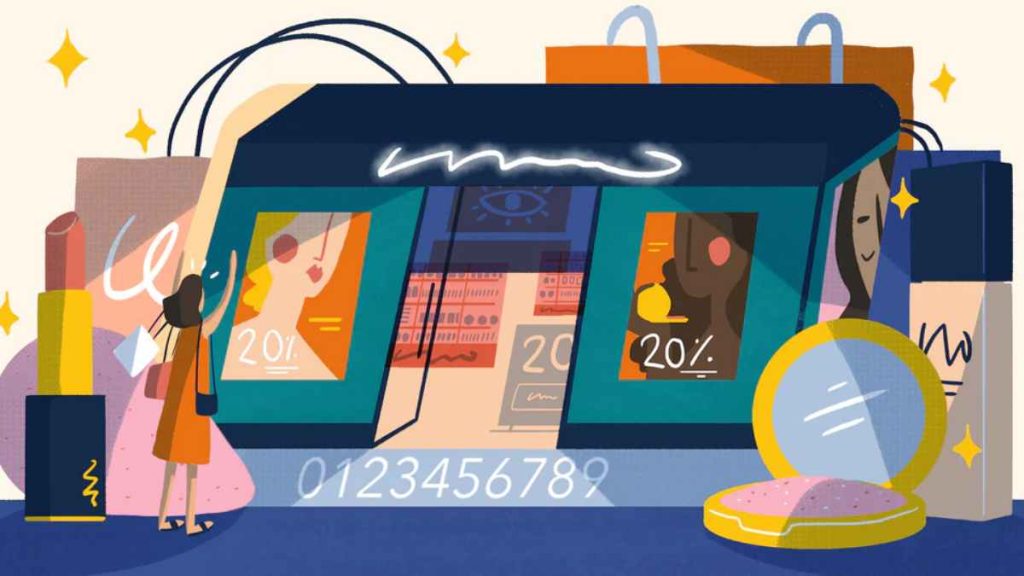Nearly 1.5 billion people love playing games worldwide. Marketers leverage it in user interfaces for surveys, reward programs, and mobile app engagement. Gamification can increase brand engagement by 47% and customer loyalty by 22%.
With the global gamification market expected to reach $40 billion by 2024, healthcare brands are stepping up to integrate gamified activities throughout the customer loyalty arena.
From virtual fitness challenges to reward-based fitness tracking, gamification is revolutionizing health and wellness loyalty programs. Brands like Nike and Strava have built a community of loyal customers through their gamified loyalty apps. Let’s see how gamification is helping health and wellness brands drive loyalty.
Influence of gamification in health & wellness loyalty programs
1. Gamified loyalty programs boost customer engagement.
Adding a reward or incentive at the end of any action makes it appealing to customers. But the appeal for rewards is magnified with leaderboards and progress bars. Offering better incentives ensures that customers are competing regularly in the loyalty platform.
Peloton uses leaderboards and challenges to motivate customers to engage with the brand regularly. The brand has paid membership options that ensure having only loyal customers on the platform. But, it also offers a free app trial where customers can enjoy features like score tracker and more.
2. Gamification speeds up the data collection process.
Gamification allows brands to accelerate first-party data collection. Through gamification, brands can track customers’ interactions, identify customer preferences and understand relevant offers, messages, and experiences.
Brands can also use gamification to collect zero-party data. Life Nutrition uses quizzes to segment customers based on preferences. More customers participate in the program by offering reward points for completing the quiz.
3. Personalize the loyalty program experience.
Using zero & first-party data, brands can design a more personalized customer experience. For example, brands can include custom challenges and rewards based on an individual’s unique health and wellness goals. This creates a more engaging experience for customers.
Mango Health allows customers to earn points based on personal goals like staying hydrated, eating healthy, and taking medications on time. By just marking on the app about the schedule, customers can get up to 30 points per day.
4. Foster a sense of community.
Gamified loyalty programs create a sense of community among customers, enhancing their loyalty to a brand. They offer a platform for customers to share their progress and offer support and encouragement to other members. Many brands allow customers to participate in challenges & competitions, fostering a sense of camaraderie and belonging with the brand.
For example, the Nike Run Club enables members to participate in community activities, compete and share progress with other app members, and receive encouragement from elite athletes.
5. Promote specific customer behavior.
80% of millennials and over two-thirds of baby boomers want to receive rewards for engaging with brands. Gamification can nudge customers to perform specific actions or engage in specific activities. For example, Gym Direct rewards customers on specific actions like social shares, referrals, and signing up for the mailing list.
By promoting healthy habits, brands can become part of customers’ lifestyles and keep them engaged.
How to introduce gamification in your loyalty program?
There are different ways health and wellness brands can introduce rewards program gamification. Here are some elements that can help health and wellness brands introduce gamification in loyalty programs.
| Gamification elements | How it works |
| In-app currency | Replacing points with a brand-specific currency for rewards differentiates the brands from competitors. |
| Badges | Awarding honorific badges to customers for reaching certain milestones or doing certain activities can make them feel acknowledged and drive frequent brand engagement. |
| Competitions, Quizzes, or Prize wheels | Adding prize wheels or competitions are a great way to gamify a program without making significant changes to the loyalty software. These elements help brands to identify customer preferences and collect valuable customer data. |
| Leagues and scoreboards | Leagues and scoreboards add a feel of community to the loyalty solutions. Brands can motivate customers to compete or collaborate with each other and elevate brand affinity among members. |
| Personal best | Personal activity charts are another way to keep customers coming back. By displaying their personal best score, progress bars brands motivate customers to break their own records for better incentives. |
Tips to effectively gamify your health and wellness loyalty programs
● Put deep data analytics to work:
Brands collect vast & varied data allowing them to understand individual shopping habits, preferences, and motivators to build a more holistic view of each customer. Analyzing this data enables brands to design more personalized experiences.
● Use robust technology platforms to deliver enhanced experiences:
A technology platform equipped with a modern martech stack is essential to deploy an effective gamified loyalty program. AI and ML can help brands build unique experiences for each customer, along with headless architecture offering flexibility for marketers. Delivering seamless omnichannel experiences and instant rewards redemption are some must-have features for reward programs.
● Navigate the market with strategic consultation:
Data-driven strategies ensure that customers are delivered what they want, where they want it, and when they want it. With a focus on adaptability and agility in program strategy, brands edge ahead of competitors and match customer expectations.
Conclusion
The health and wellness industry is experiencing fast-paced growth. As a result, the competition is at an all-time high, leading many brands to incorporate gamification in loyalty programs. At the same time, allowing data, technology, and strategy to work together is essential.
Adding a prize wheel or leaderboard to your loyalty program is not enough to boost engagement and loyalty. Instead, your gamification strategy must be backed with valuable customer insights and a future-ready technology platform to cater to customer needs and foster strong emotional connections.




